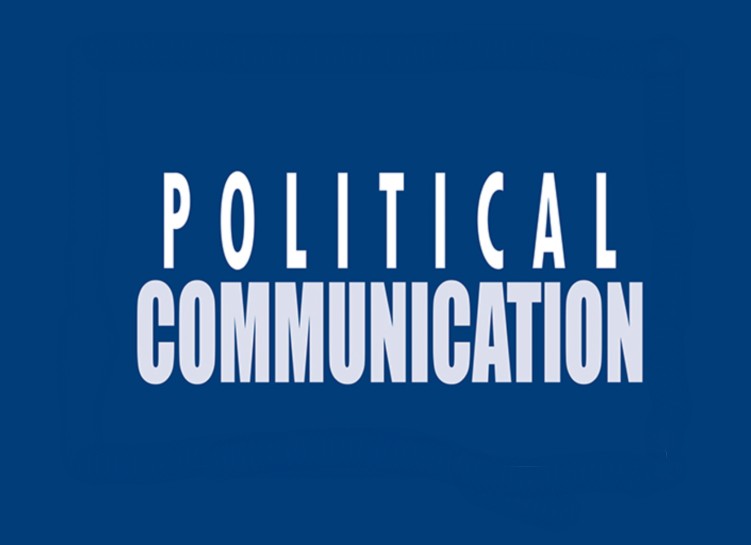Scholars of political communication have long been interested in unpacking the effects of media on political attitudes and behavior (e.g., Mutz, 2012; Zaller, 1996). Efforts to understand media effects, however, have been beset by challenges to measurement, identification, and external validity. While field experiments offer an alluring solution, they are often expensive and dependent upon the participation of nonacademic partners. For example, to suss out the effects of political television advertising, Gerber, Gimpel, Green, and Shaw (2011) worked with Texas Governor Rick Perry’s campaign to randomize more than $2 million in advertising. Recently, Broockman, Kalla, and Sekhon (2017) outlined a design to study persuasion in the field at a fraction of the cost of previous designs. Yet even their design still far exceeds most scholars’ budgets.
In this article, we describe a novel approach for conducting field experiments on media effects, at a cost feasible for many researchers. Our design is flexible enough to help answer a broad range of questions. Do presidential debates matter, and if so, how? Do advertisements affect political preferences? Can speeches change minds? We have applied our approach to one of these questions already. In doing so, we have not partnered with any organization, administered treatments in a laboratory, or exhausted our research budgets. We have precisely controlled the timing of our surveys, allowing us to evaluate effects immediately after exposure to treatment, as well as effect decay. And because we are not relying on a partner, we can field studies whenever we believe that real-world stimuli merit investigation.


